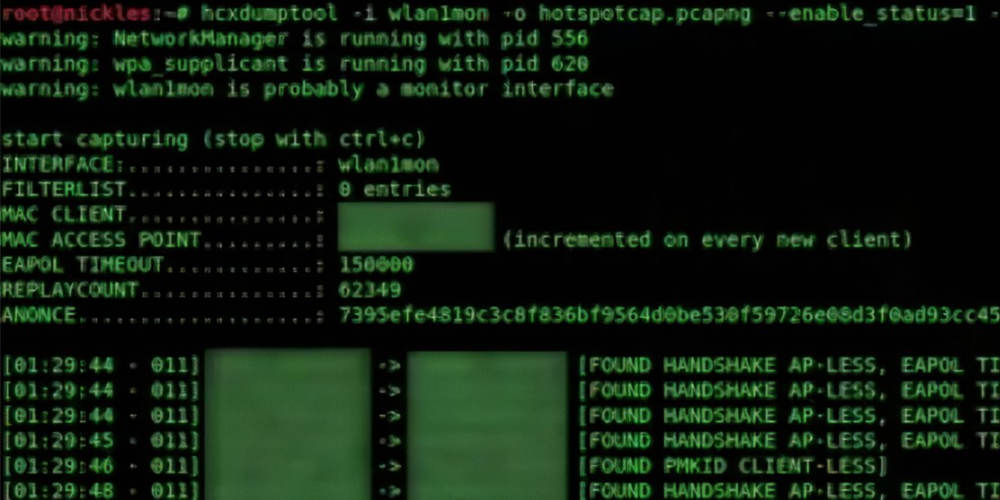In a world where data is supreme and billions of users find their personal information getting into the wrong hands, it makes sense to take extra precautions to keep your data safe. But how possible can that be when we have the Big Data companies and hackers having a field day with your information?
If that doesn’t scare you, think of the possibility of losing access to your favorite social media account the next morning. Or think of how bad it would be to wake up one day and see all your money wiped out of your bank account because someone got access to your information.
For several years now, cybercriminals or hackers have been relying on third-party platforms to get illegal access to users’ accounts. The “cleverest” of them guess these passwords and sometimes, gets it right.
Recently, all eyes have turned to FPGA Hashcat. This blog post explains what it is all about and whether it would be possible to use a Field Programmable Gate Array (FPGA) to decrypt passwords.
What is FPGA Hashcat?

It simply means the combination of Hashcat and FPGA to hack accounts or decrypt passwords. Hashcat on a standalone, means one of the most popular password recovery (and cracking) tools.
Originally launched as a proprietary code base in 2015, Hashcat has now become a hub for hackers and people who want to hack into or regain access to an account, especially only reposited on the Internet.
Hashcat Hacking Opportunities with FPGA
A Field Programmable Gate Array (FPGA) is an integrated circuit used to remodify devices, especially configurable devices.
There have been tons of questions on the possibility of using FPGA alongside Hashcat to hack into or regain access to an account.
The reality is that for now, it is nearly impossible to work with FPGA Hashcat for password recovery or account hacking.
Here are some of the reasons why we say so:
1. Non-Compatible FPGAs
Currently, there are some non-compatibility issues based on the possibility of using FPGA Hashcat for password recovery. It is based on the fact that none of the current FPGAs allow for the compilation of OpenCL Kernels via the JIT compiler.
Assuming that this were in place, it could have been quite easier for the FPGAs to be compile the Open Computing Language (OpenCL).
2. Lengthy Compilation
Even if the FPGAs were compatible with the OpenCL compilation process, there would also be the issue of lengthened compilation time.
Ideally, the compilation process can run into hours and days, no thanks to the manual processing. You would first need to precompile the kernel source for the specific hardware before loading the kernel into the FPGA Hashcat.
3. Continuous Modifications
Given the manual process, the modifications must also be done per attack, meaning that the entire process would most likely be repeated after each attack has been implemented.
4. FPGA Hashcat can be Costly
Using FPGA Hashcat can also cost you more money than expected, all thanks to the expensive hardware required to precompile the kernel source through the tool chain.
Conclusion
To wrap it up, using FPGA Hashcat for password recovery could have been a great solution, but the limitations are already there. From the fact that FPGAs are not general-purpose devices to the major basis of Hashcat on CPU and GPU, it is obvious that using FPGA Hashcat may not currently be feasible for password recovery.
